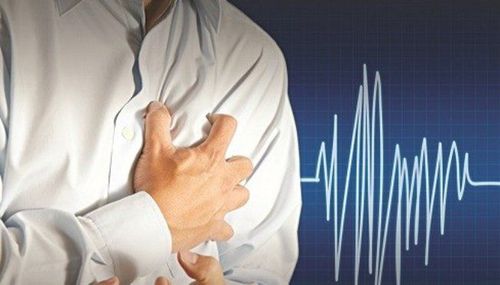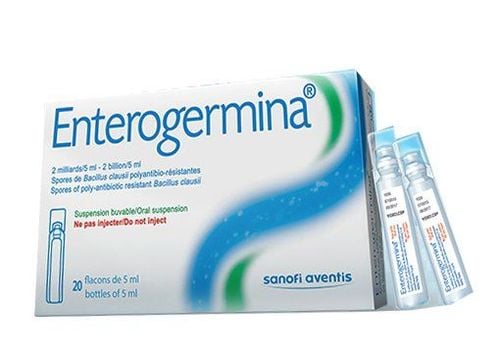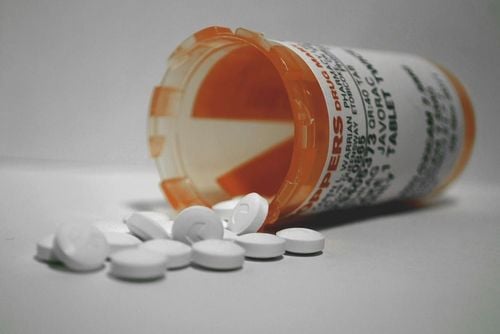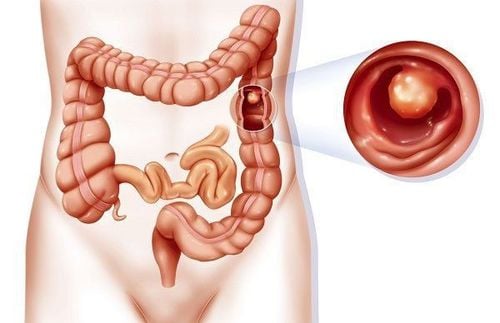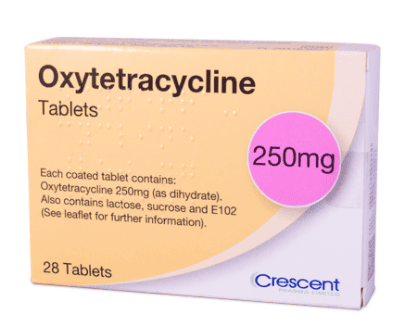Esophageal stricture is a fairly dangerous condition that causes discomfort and reduces the patient's quality of life. Patients with esophageal stricture exhibit not only symptoms related to the digestive system but also negative impacts on the respiratory system, including breathing difficulties..
1. What is esophageal stricture?
The esophagus is a part of the digestive system connecting the mouth to the stomach. Anatomically, the esophagus is about 25 cm long and is divided into three segments: cervical, thoracic,, and abdominal, with the thoracic segment being the longest at approximately 20 cm.
The esophagus has three natural constrictions:
- At the level of the cricoid cartilage, where it connects to the pharynx.
- At the level of the left main bronchus and the aortic arch.
- At the cardiac orifice, where the esophagus enters the stomach.
Esophageal stricture occurs when a segment of the esophagus narrows due to damage, obstructing the passage of food from the mouth to the stomach. Patients with esophageal stricture experience dysphagia, leading to reduced food intake and even malnutrition. It can also affect the respiratory system, causing dyspnea
2. Causes of esophageal stricture
Esophageal stricture can arise from benign or malignant causes.
Benign causes of esophageal stricture are often due to damage from diseases or interventions in the esophagus, typically:
- Congenital esophageal atresia: During fetal development, the esophagus becomes narrowed; the exact cause remains unclear. This condition typically occurs at about 4 weeks of gestation
- Gastroesophageal reflux(GERD): One of the most common causes. In these patients, acidic gastric contents reflux into the esophagus, causing irritation and inflammation, leading to esophageal narrowing..
- Ingestion of chemicals or radiation exposure can cause esophageal burn.
- Prolonged use of a nasogastric tube or damage caused during tube placement may lead to esophageal ulceration. This condition is often seen in patients who cannot eat independently, such as those in a coma or with total paralysis..
- Treatment for esophageal varices. Procedures addressing varices can result in scarring and subsequent esophageal narrowing.
- Endoscopic gastric procedures: Damage to the esophagus during endoscopy.
- Benign esophageal tumors or compression by adjacent benign masses.
- Esophageal stenosis is caused by compression by adjacent benign tumors.
Esophageal stricture due to malignant causes such as:
- Esophageal cancer.
- Cancer of adjacent organs compresses the esophagus
3. Symptoms of esophageal stricture
Patients with esophageal stricture may experience symptoms affecting both the digestive and respiratory systems, such as:
- Painful, difficult, or obstructed swallowing: A hallmark symptom. Initially, this may occur only with solid foods but later progresses to liquids and even saliva. The severity depends on the degree of esophageal narrowing.
- Food stuck in the throat or behind the breastbone, causing discomfort or tightness, and sometimes chest pain.
- Vomiting: Due to food stagnating in the esophagus, triggering reverse peristalsis to alleviate pressure.
- Acid reflux, belching, and hiccups are also common.
- Weight loss, dehydration, and even malnutrition due to inadequate food intake.
- Coughing or shortness of breath
4. Beware of difficulty breathing in people with esophageal stenosis
Typically, dyspnea associated with respiratory conditions, but this symptom is also common in patients with esophageal stricture. These difficulties often stem from GERD, which increases acid exposure in the esophagus, damaging both the esophagus and the airway.
Mechanisms of dyspnea caused by esophageal stricture:
- Irritation of the esophageal mucosa: Acid reflux into the esophagus irritates its lining. Since the esophagus and trachea are adjacent, this irritation exerts pressure on the trachea, leading to breathing difficulties.
- Food obstruction: Stricture prevents food from reaching the stomach, causing it to accumulate and reflux into the pharynx. This area, connecting the esophagus and trachea, becomes blocked, obstructing airflow and causing chest tightness, particularly when lying down or during sleep.
- Inflammation of the esophageal lining: Acid and food reflux not only obstruct but also inflames the esophageal lining. This inflammation stimulates the chest muscles, causing spasms that compress the airway and impair breathing.
- Aspiration pneumonia: Acid or food entering the respiratory tract and lungs can cause inflammation, swelling, and increased mucus production, narrowing the airway and reducing airflow. In severe cases, sudden respiratory distress or complete obstruction may occur, potentially leading to death if not promptly treated.
5. How is esophageal stricture treated?
Treatment depends on the cause and severity of the stricture and may involve dietary and lifestyle changes, medication, or invasive procedures.
Dietary and lifestyle adjustments:
- Avoid foods that trigger acid reflux, such as spicy, greasy, or caffeinated items, as well as smoking and chocolate.
- Adopt a balanced diet to prevent excessive weight gain.
- Wear loose clothing, especially after meals, to reduce stomach pressure.
- Eat smaller, more frequent meals rather than large ones.
- Avoid lying down or vigorous activity within three hours after eating.
Medications:
- Proton pump inhibitors (PPIs): These reduce gastric acid production, treat GERD, and help prevent future esophageal strictures.
- Antibiotics: Used to treat infections causing esophageal inflammation and narrowing.
Invasive procedures: Esophageal dilation, stenting, or surgical removal of the narrowed section may be considered for severe strictures unresponsive to other treatments.
In conclusion, esophageal stricture is a dangerous condition caused by various factors and prone to recurrence. Preventive measures include maintaining a healthy lifestyle, regular exercise, a balanced diet, and minimizing esophageal procedures. Early diagnosis and timely treatment are essential when digestive symptoms appear.
Please dial HOTLINE for more information or register for an appointment HERE. Download MyVinmec app to make appointments faster and to manage your bookings easily.
To arrange an appointment, please call HOTLINE or make your reservation directly HERE. You may also download the MyVinmec app to schedule appointments faster and manage your reservations more conveniently.

